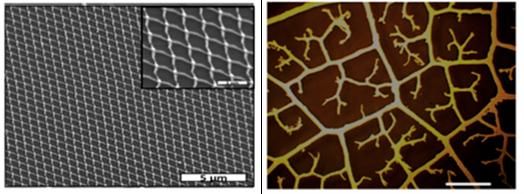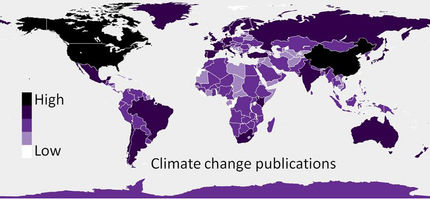Direct nitrogen fixation for low cost energy conversion
A simple, low-cost and eco-friendly method of creating nitrogen-doped graphene nanoplatelets (NGnPs), which could be used in dye-sensitized solar cells and fuel cells, is published in Scientific Reports today. The work, carried out at Ulsan National Institute of Science and Technology (UNIST) in South Korea, could be a step towards replacing conventional platinum (Pt)-based catalysts for energy conversion.
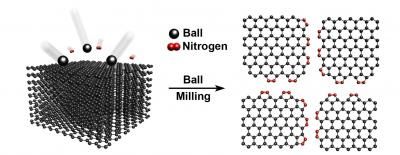
This is a diagram of Direct Nitrogen Fixation on Graphene Nanoplates.
UNIST
The search for economically viable alternatives to fossil fuels has attracted attention among energy communities because of increasing energy prices and climate change. Solar cells and fuel cells are to be promising alternatives, but Pt-based electrodes are expensive and susceptible to environmental damage.
Nitrogen fixation is where nitrogen (N2) in the atmosphere is converted into ammonia (NH3). Fixation processes free up nitrogen atoms from their diatomic form to be used in other ways, but nitrogen does not easily react with other chemicals to form new compounds.
The most common method of industrial nitrogen fixation is the Harber-Bosch process, which requires extremely harsh conditions, 200 atm of pressure and 400 °C of temperature.
The UNIST team previously reported that dry ball-milling can efficiently produce chemically modified graphene particles in large quantities. This research, in Scientific Reports, presents another innovation to improve the materials. Along the way, the research team discovered a novel nitrogen fixation process.
They focus on modifications with nitrogen, developing a technique with direct nitrogen fixation, carbon-nitrogen bond formation, at the broken edges of graphite frameworks using ball-milling graphite in the presence of nitrogen gas.
"Nitrogen is the most abundant constituent in air and it is inert diatomic gas while graphite is the most thermodynamically stable form of carbon allotropes," said Prof. Baek, professor and director of the Interdisciplinary School of Green Energy/Low-Dimensional Carbon Materials Center, UNIST. "It is an extreme challenge for the C-N bond formation directly from graphite and nitrogen."
Most read news
Topics
Organizations
Other news from the department science

Get the chemical industry in your inbox
By submitting this form you agree that LUMITOS AG will send you the newsletter(s) selected above by email. Your data will not be passed on to third parties. Your data will be stored and processed in accordance with our data protection regulations. LUMITOS may contact you by email for the purpose of advertising or market and opinion surveys. You can revoke your consent at any time without giving reasons to LUMITOS AG, Ernst-Augustin-Str. 2, 12489 Berlin, Germany or by e-mail at revoke@lumitos.com with effect for the future. In addition, each email contains a link to unsubscribe from the corresponding newsletter.
Most read news
More news from our other portals
Last viewed contents
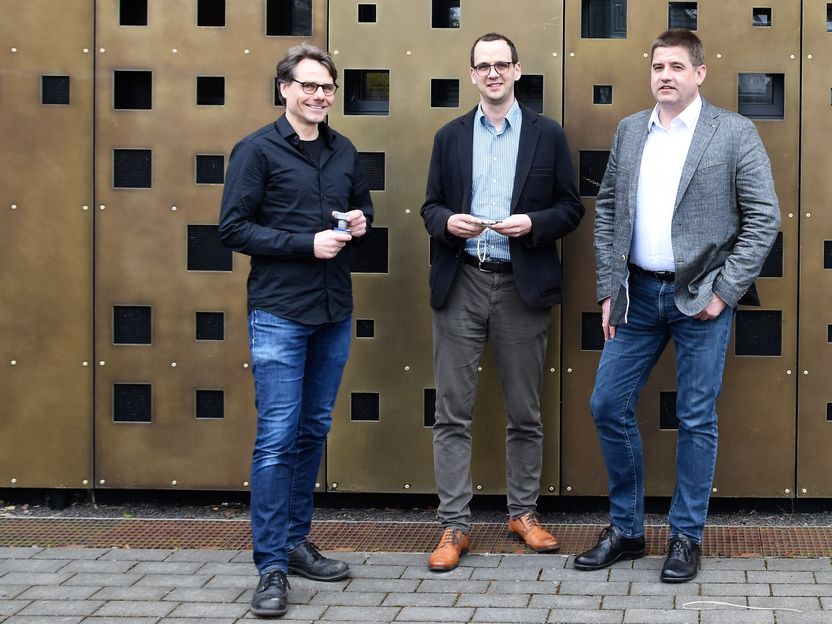
New possibilities for data acquisition - Spin-off Altosens launches Fraunhofer technology on the market
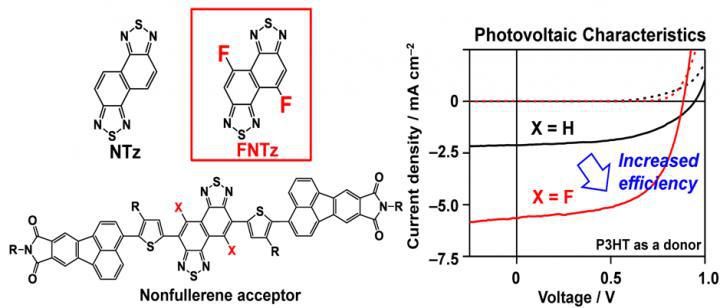
Controlling organic semiconductor band gaps by electron-acceptor fluorination - A fluorinated electron-acceptor unit for high performance organic semiconductors
